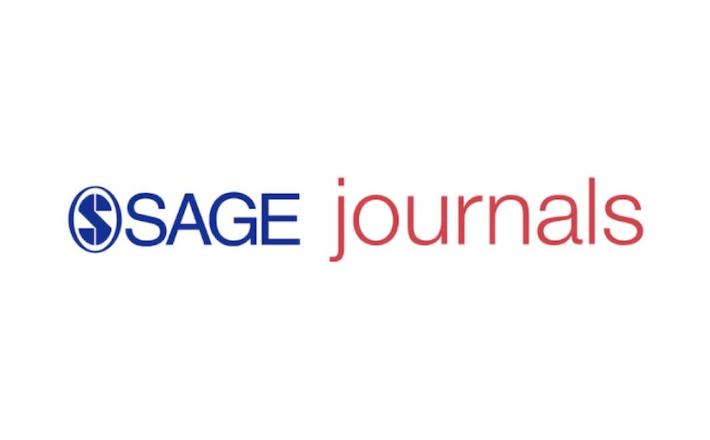The 2021 federal German election: A gender and intersectional analysis
Source: Sage Journals
On 26 September 2021, Germans elected the 20th Bundestag. This election was special in many ways. The article analyses the electoral campaign, voting behaviour, turnout, and the formation of a new coalition government by using a gender and intersectional lens. Against the conceptual background of descriptive, substantive, and symbolic representation, we outline the implications of the election for gender and intersectional politics in the new German Bundestag and the government. In descriptive and symbolic terms, we find higher numbers of women (and of minorities) in the Bundestag and its leadership as well as in government; in substantive terms, we observe the presence of ‘critical actors’ and the commitment to progressive politics in the new ‘Ampel’ coalition. Hence, we see at least a chance for change in several key policy areas and social progress in the next 4 years.
Click here to read the full article published by Sage Journals on 7 July 2022.

On 26 September 2021, Germans elected the 20th Bundestag. This election was special in many ways. The article analyses the electoral campaign, voting behaviour, turnout, and the formation of a new coalition government by using a gender and intersectional lens. Against the conceptual background of descriptive, substantive, and symbolic representation, we outline the implications of the election for gender and intersectional politics in the new German Bundestag and the government. In descriptive and symbolic terms, we find higher numbers of women (and of minorities) in the Bundestag and its leadership as well as in government; in substantive terms, we observe the presence of ‘critical actors’ and the commitment to progressive politics in the new ‘Ampel’ coalition. Hence, we see at least a chance for change in several key policy areas and social progress in the next 4 years.
Click here to read the full article published by Sage Journals on 7 July 2022.